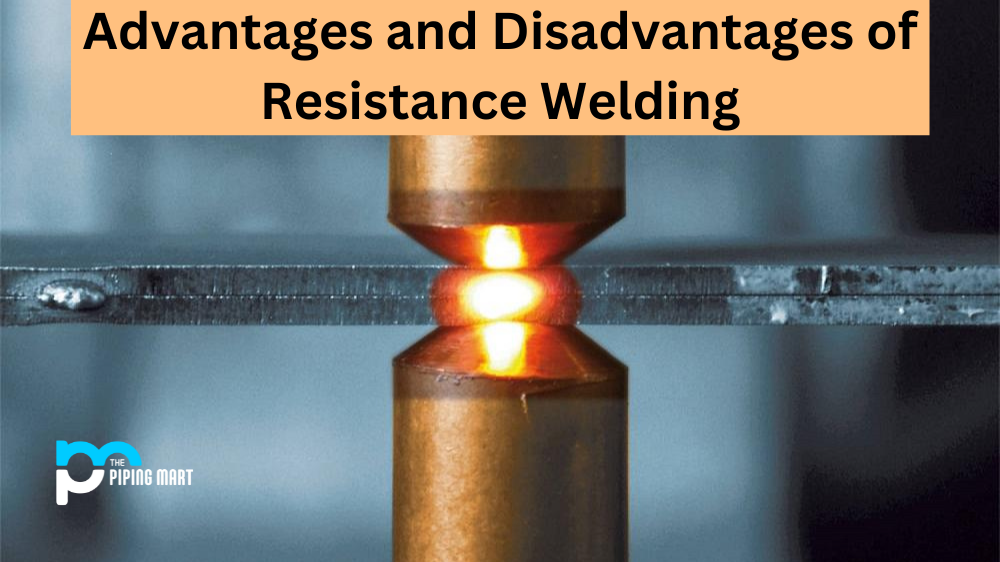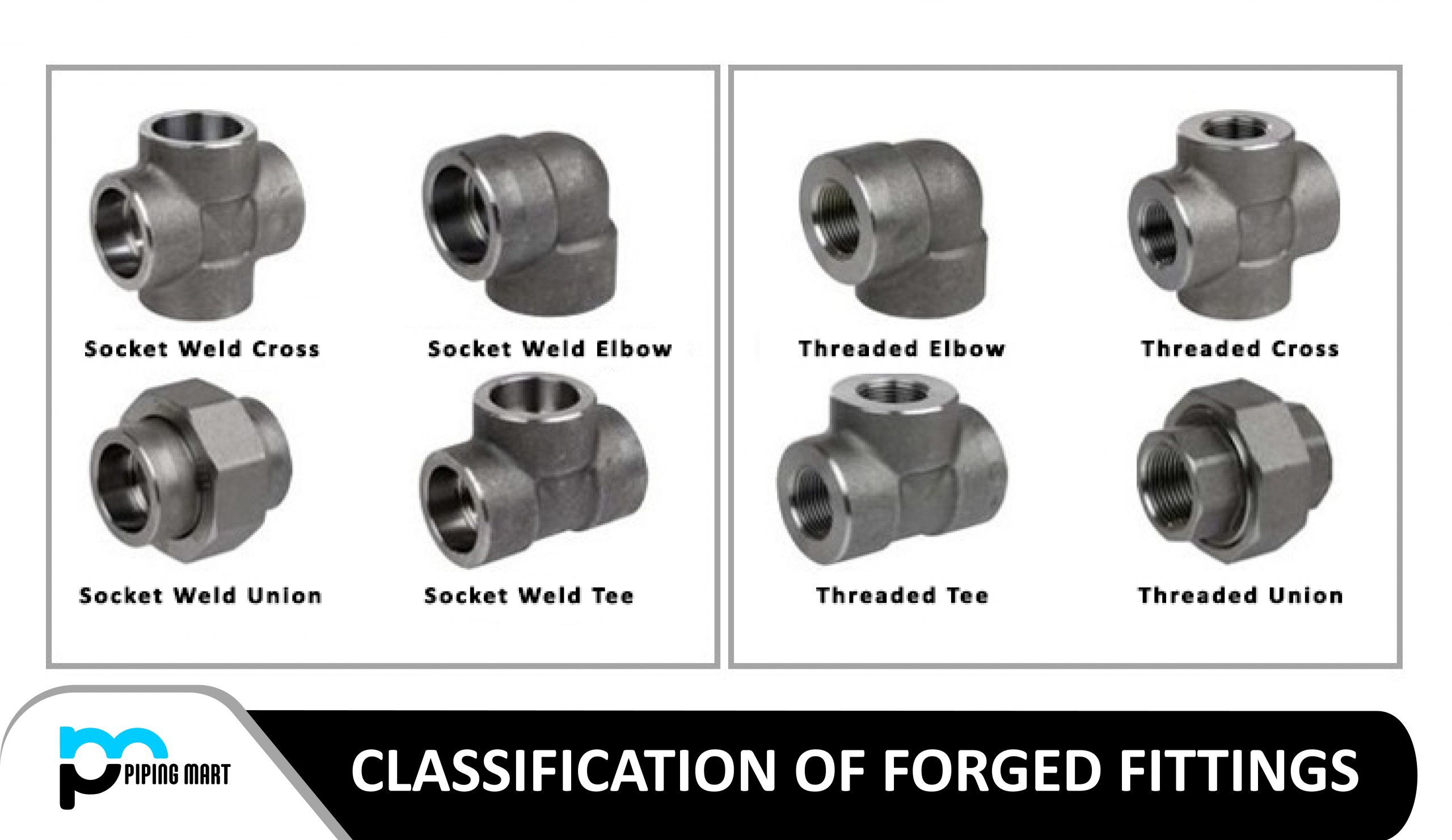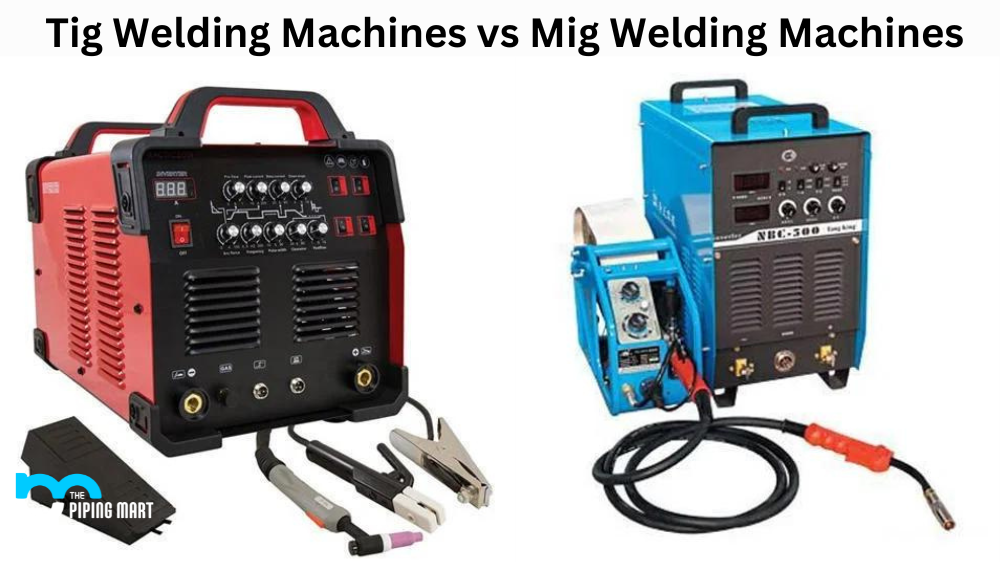Resistance welding is a process that uses electrical current to heat up two metal objects and join them together. It’s often used in the automotive, aerospace, and electronics industries because of its fast speed and low cost compared to other welding methods. However, before using resistance welding, it’s important to understand the advantages and disadvantages of this process.
Advantages of Resistance Welding
One of the main advantages of resistance welding is that it is a relatively quick process. The time required for each weld is usually less than one second, meaning production times can be greatly reduced when compared to other types of welding. Additionally, resistance welding requires no filler material like some other forms of welding do, which means fewer materials are needed for the entire process. This results in lower costs as well as a decrease in the amount of waste produced.
Resistance welding also produces very strong welds due to the high temperatures used during the process. As an added bonus, there’s no need to worry about spatter or slag when using resistance welding because there’s no filler material involved. Lastly, this form of welding has a wide range of applications and can be used on a variety of metals, such as steel, stainless steel, aluminium, copper alloys, nickel alloys, and titanium alloys.
- Resistance welding is a fast, efficient, and cost-effective way to join metals.
- The process is well suited for joining metals of similar or dissimilar thicknesses.
- Resistance welding can be used to join metals of different shapes and sizes.
- The process is relatively simple and does not require skilled labour.
- Resistance welding is a versatile process that can be used to join a variety of metals.
Disadvantages of Resistance Welding
Although resistance welding has many advantages over other forms of welding, there are also some drawbacks that must be considered before using this method. One disadvantage is that it requires specialized equipment since most standard tools won’t work with this type of process. Additionally, because such high temperatures are used during the process, there is a greater risk of distortion or even burn-through if done incorrectly. Furthermore, if not properly maintained, resistance welders can have their accuracy significantly reduced over time due to wear on electrodes or contact tips from use. Lastly, since only small areas can be welded at once, multiple passes may be required to complete larger projects which can increase production times significantly.
- Resistance welding is a slower process than other welding methods.
- It is not possible to weld very thick materials with resistance welding.
- The equipment required for resistance welding is expensive.
- Resistance welding can be dangerous, as it involves high levels of heat and electricity.Resistance welding produces a lot of fumes and smoke, which can be harmful to the operator’s health.
Conclusion:
Resistance welding offers many advantages, including fast speeds, low costs, and strong welds, but it also has some drawbacks, including a need for specialized equipment and potential accuracy issues over time with improper maintenance. Knowing both the pros and cons is key when deciding whether or not to use this form of welding for your project, so make sure you consider them carefully before making your final decision!

Pipingmart is a B2B portal that specializes in metal, industrial and piping items. Additionally, we share the latest information and information about materials, products and various types of grades to assist businesses that are involved in this business.




